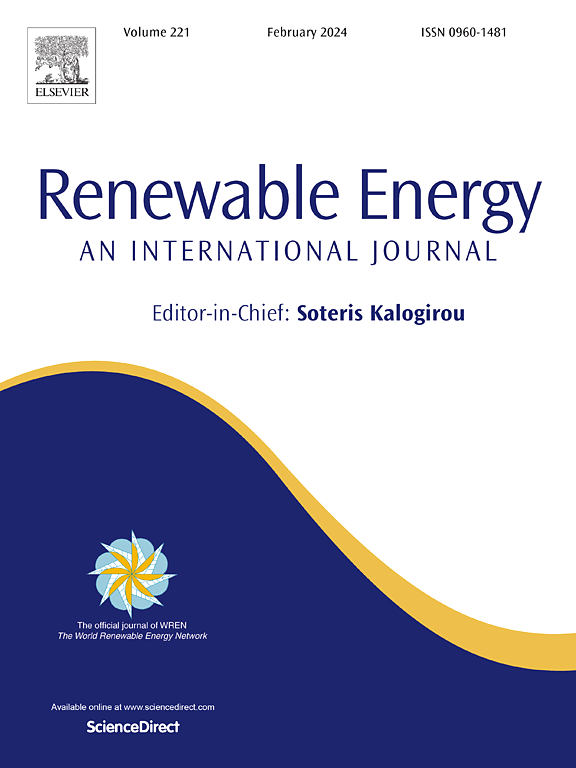A correction framework for day-ahead NWP solar irradiance forecast based on sparsely activated multivariate-shapelets information aggregation
IF 9
1区 工程技术
Q1 ENERGY & FUELS
引用次数: 0
Abstract
Numerical Weather Prediction (NWP) is widely used in day-ahead solar irradiance forecast, which is of great significance to the optimization of power systems. Due to unescapable inherent errors of numerical techniques, NWP need correction. However, most correction schemes lack of error analysis, making the correction insufficiently efficient. Meanwhile, obtaining sufficient historical data in practical applications is challenging. Therefore, it is important to utilize the limited historical data to provide more meaningful information and increase the utilization of data information. To solve these problems, this paper proposes a day-ahead NWP solar irradiance correction framework. NWP global horizontal irradiance (GHI) error analysis is first conducted to determine the correction parts. Then, multivariate-shapelets analysis (MSA) is performed to select samples with high correlation to the correction parts. Mixture-of-experts (MoE) is adopted to sparsely activate high correlation samples contributing more to enhancing accuracy. Finally, a sequence-level information aggregation named SAIA is employed to obtain the corrected NWP forecasts. The proposed MSA-SAIA is evaluated with publicly available dataset and actual field dataset. The results demonstrate that MSA-SAIA yields the highest improvement, with increases of 16.15 % and 19.65 %. Additionally, we analyzed the performance of MSA-SAIA across different weather conditions, indicating its superior weather robustness.
求助全文
约1分钟内获得全文
求助全文
来源期刊

Renewable Energy
工程技术-能源与燃料
CiteScore
18.40
自引率
9.20%
发文量
1955
审稿时长
6.6 months
期刊介绍:
Renewable Energy journal is dedicated to advancing knowledge and disseminating insights on various topics and technologies within renewable energy systems and components. Our mission is to support researchers, engineers, economists, manufacturers, NGOs, associations, and societies in staying updated on new developments in their respective fields and applying alternative energy solutions to current practices.
As an international, multidisciplinary journal in renewable energy engineering and research, we strive to be a premier peer-reviewed platform and a trusted source of original research and reviews in the field of renewable energy. Join us in our endeavor to drive innovation and progress in sustainable energy solutions.
 求助内容:
求助内容: 应助结果提醒方式:
应助结果提醒方式:


